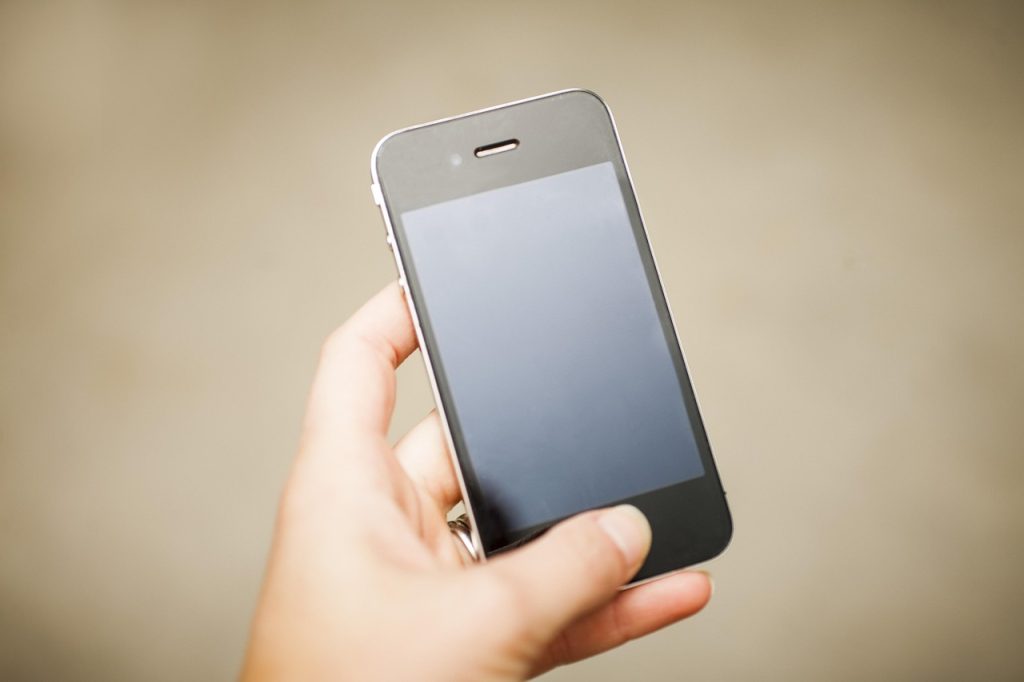The Fairphone 4 was unveiled on Thursday. Like its predecessors, the Dutch manufacturer’s 4th generation smartphone stands for modular design and easy repairability. If a component inside is broken, such as the battery, users can replace it themselves. This saves expensive repairs and the user does not have to replace the entire device.
This circumstance, coupled with a 5-year warranty and years of updates for the Android operating system, should lead to the Fairphone 4 being used for as long as possible. According to the European Environmental Bureau (EEB), smartphones are used for an average of 3 years in the EU. After that, they are replaced with new devices, and only one in 5 is recycled. The large remainder ends up as electronic waste in landfills.
Energy-rich production
For the fight against climate change, this is a growing problem. To produce smartphones, a lot of energy has to be used, often from fossil sources. It also requires lots of raw materials. Some of these, in turn, are extracted using a lot of energy and environmentally harmful chemicals. Materials such as cobalt or gold often come from mines in developing countries, where people toil under unimaginable working conditions.
“Smartphones are not a seasonal product that you replace with a new one after a short time,” Greenpeace says. “The resource consumption, energy use and labor that go into each device are enormous. Before a smartphone ends up with us, its components pass through hundreds of hands and travel around the world several times.”
Extending service life
Production and operation of smartphones provide 14 million tons of greenhouse gas emissions per year in Europe. That’s more than all of Latvia emits. If the operating life of smartphones were extended by just one year, 2 million tons of emissions could be saved each year. That would be equivalent to the exhaust emissions of 430,000 passenger cars. However, manufacturers encourage the rapid replacement of devices with annually updated product lines. But mobile phone providers are also doing their part, for example with their own tariffs that promise customers a new smartphone every 2 years.
According to a study from Canada, greenhouse gas emissions from the information and communications technology sector as a whole are rising rapidly. By 2040, they are expected to account for 14 percent of all global emissions. The share of smartphone production in this is many times greater than that of other electronic products such as PCs or laptops. With 1.4 billion smartphones sold worldwide each year, that’s not surprising.
There are also good sides
In addition to the production of cell phones, their operation also has a climate-damaging effect, albeit on a much smaller scale. As the network equipment supplier Ericsson describes in a study, the power consumption of end devices, mobile communications infrastructure and data centers, for example, must be included in the operation. Six years of smartphone use generates about as much greenhouse gas emissions as a ticket for a plane trip from London to Barcelona and back.
On the other hand, smartphones in operation can also help avoid emissions – for example, when people use mobility services via app instead of driving their own cars. Business meetings via video chat or smart home apps that help save on heating costs, for example, can also help slow down climate change. In addition to contributing to digitalization, smartphones can also replace other devices that have long been produced and purchased separately, such as music players or photo cameras.
With most smartphones, the battery can no longer be replaced. With Fairphones, this is easy© Fairphone With most smartphones, the battery can no longer be replaced. With Fairphones this is easy
Power of the consumer
Ultimately, it is up to consumers themselves to help minimize the climate-damaging impact of smartphones. Environmental authorities recommend careful handling of the device and its battery, repairing instead of replacing, and proper disposal.
If smartphones are taken to recycling centers, for example, at least some of them can be recycled. In many cases, however, old cell phones end up in a drawer and are forgotten. They could also be given away or sold. And instead of buying a new smartphone, you could opt for refurbished devices.
- source: futurezone.at/picture:pixabay.com
This post has already been read 1455 times!



